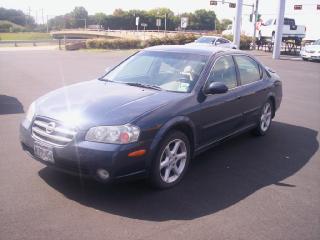A truism: health care providers are quick to overcharge, slow to refund.
This week I learned six lessons to help deal with this:
- Pay as little as you can when you leave the provider. This may not work at a doctor’s office because the bill is cut and dried. But hospitalizations are different. Before you leave the hospital, the friendly hospital extortionist comes by to get as much out of you as she can. Pay the absolute minimum you can possibly pay. It’s better to get a bill later–after the claim with insurance is settled–than it is to overpay and fight for a refund.
- Don’t pay another cent until the claim is settled. That’s right, until you have the hot little explanation of benefit (EOB) in your hands, don’t pay another cent, except under duress.
- Only pay what the EOB says you owe. The EOBs should show exactly what the service provider billed your insurance, any discounts, what your insurer paid, and what you owe. On my insurance, what I owe is the sum of the “deductible” and “copay” fields. Sometimes there are also “non-covered charges.” Do not assume you have to pay the non-covered charges. See the next section.
- Question non-covered charges. Sometimes non-covered charges are billing errors. One of my EOBs for a doctor’s visit had $160 of non-covered charges. It turns out that the doctor mis-coded two items. Had I not caught this, I would have owed my doctor all that money. An example legitimate non-covered charge that you would have to pay could be a hospital room upgrade, such as a private room versus a shared room.
- Double-check that you actually paid what the EOB says you owe. I printed out every medical payment for the past year and found a corresponding EOB for payment. By double-checking all of this, I have found that I am owed several hundreds of dollars.
- If you are owed money, be persistent. None of the five medical care providers I have dealt with this year have voluntarily refunded a single cent I am owed. In fact, had I not called them out on it, one provider would have permanently sat on $500 it owes me. (It was a really dumb billing mistake: one line item was entered twice.) Take careful notes on each call, and be prepared to speak to several people before you get everything resolved.
Attention to detail can easily save you a ton of money. I’m on track for recovering a few hundred dollars for 2004.
 Yesterday we found a 2002 Maxima with 56K miles (the one pictured to the right).
Yesterday we found a 2002 Maxima with 56K miles (the one pictured to the right).  Let’s take the case of a Honda Accord LX V6. Based on friends’ experiences and Consumer Reports reliability ratings going back to 1996, I think it’s reasonable to say that this car will go at least 180,000 miles before requiring costly repairs or becoming unacceptably unreliable.
Let’s take the case of a Honda Accord LX V6. Based on friends’ experiences and Consumer Reports reliability ratings going back to 1996, I think it’s reasonable to say that this car will go at least 180,000 miles before requiring costly repairs or becoming unacceptably unreliable.